
Rotate your tablet
for a better experience


Rotate your tablet
for a better experience
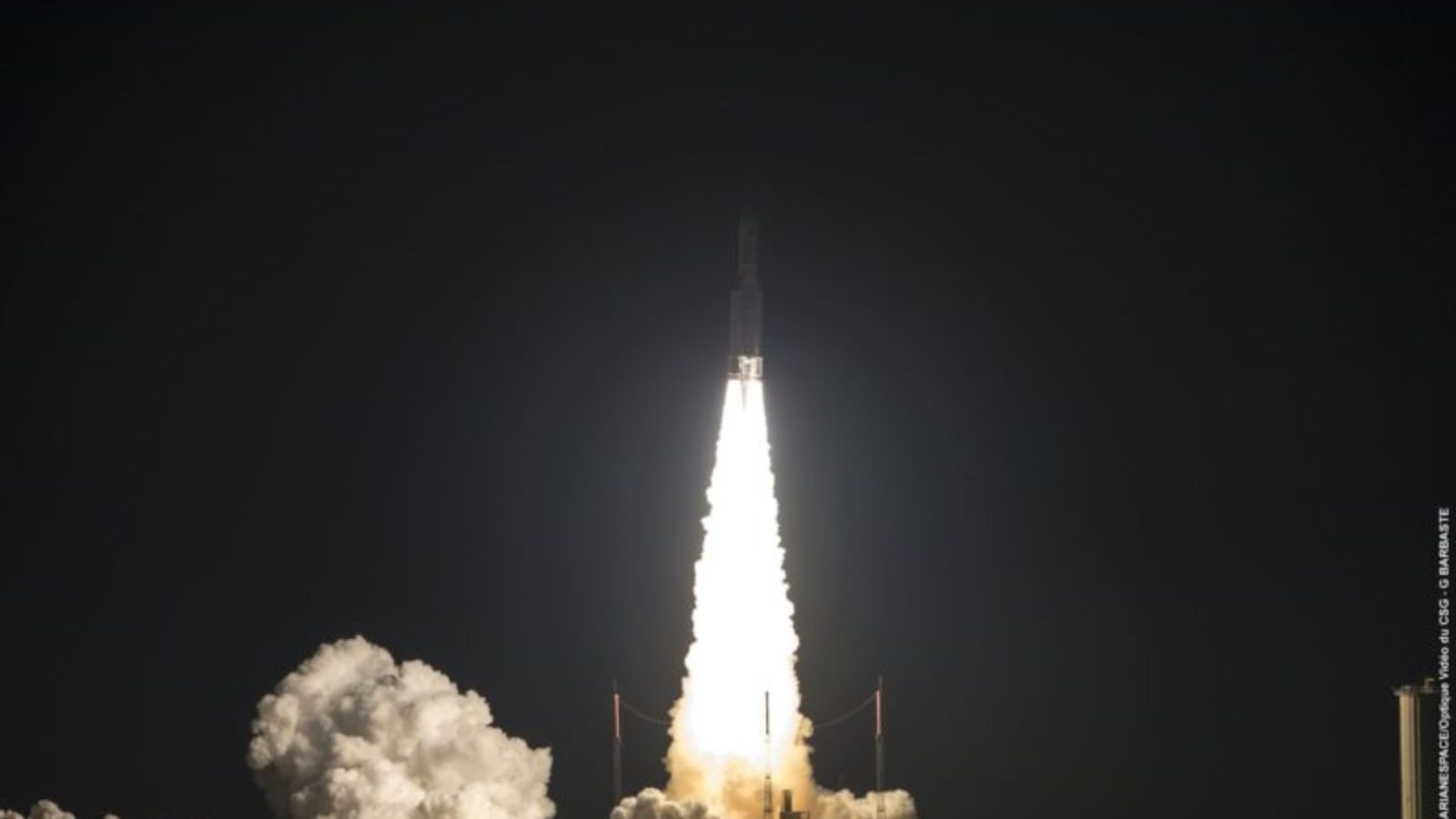
Ariane 5 was officially inaugurated in 1987, when the European Space Agency (ESA) ministerial council approved the development of Ariane 4’s successor. This was to be a more powerful and economically viable launch vehicle, based on a different architecture capable of an extended range of missions.
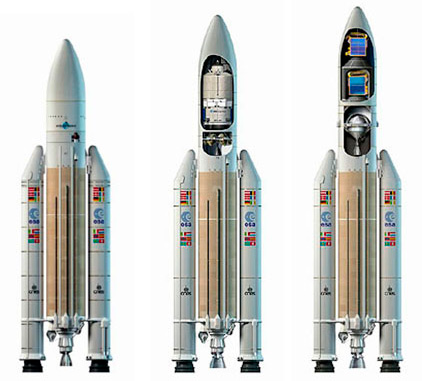
Ariane 4’s successor needed to keep pace with the steadily growing size and mass of geostationary satellites, and also to have the capability to deliver satellites to more diverse orbits, notably heavy payloads to low Earth orbit, with an increasing demand for scientific and observation satellites.
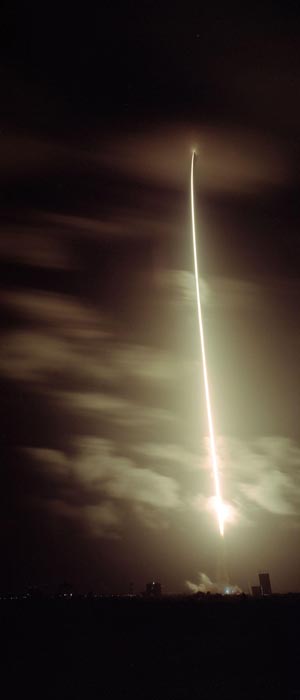
Compared to Ariane 4, Ariane 5 was a complete re-design, passing from three to two stages: a cryogenic main stage with the Vulcain 2 main engine plus two strap-on solid rocket boosters, and an upper stage powered by the HM7B, an evolution of the engine used on Ariane 4, or the re-ignitable Aestus engine, depending on the mission.
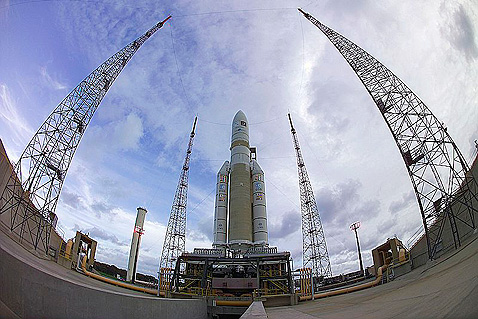
Ariane 5 is today the world reference for launcher reliability, with a near-perfect mission success rate, and its modular (single/dual/multiple launch) capacity enables it to respond to a wide scope of mission specifications from classic communication satellites to audacious interplanetary missions.

As the market demanded ever bigger, heavier satellites, Ariane 5 has consistently bettered its performance capability, again and again setting new records for launching the largest satellite payload to geostationary orbit.
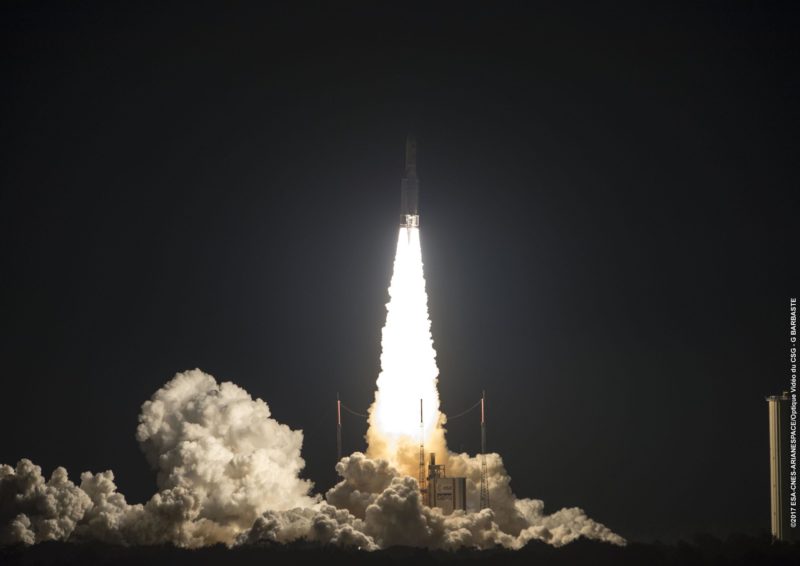
Many of the most important missions which have radically expanded knowledge about the solar system and the cosmos began their space adventures on-board Ariane 5, including XMM-Newton, the first operational Ariane 5 flight (1999), Rosetta (2004), Herschel/Planck (2009), and BepiColombo (2018).
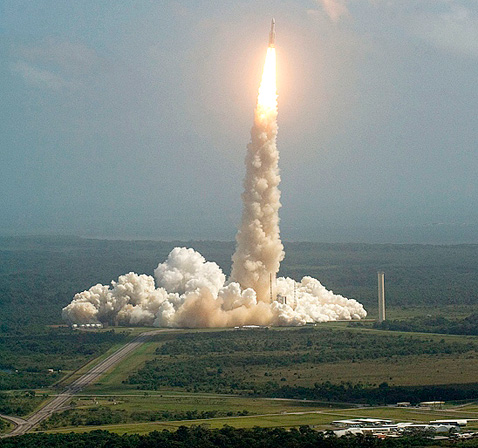
Between 2008 and 2014, Ariane 5, using a specially adapted ES version, launched all five of the ATV (Automated Transfer Vehicle) supply ships for the International Space Station, at around 20 tons by far the largest spacecraft ever built in Europe.
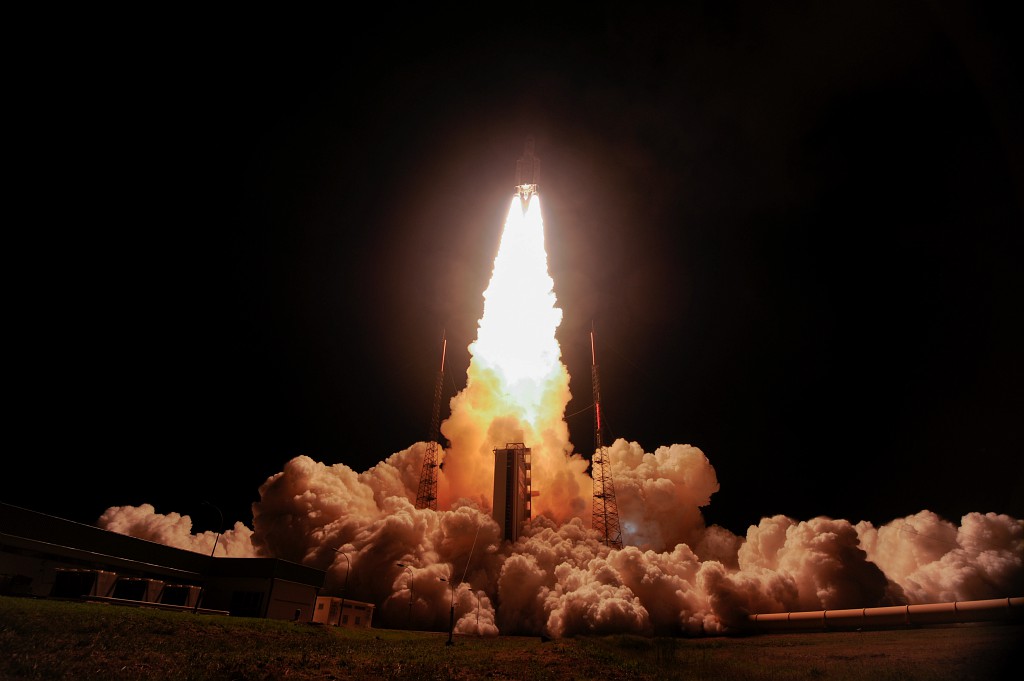
Photo credits: ArianeGroup, Arianespace, CNES, ESA